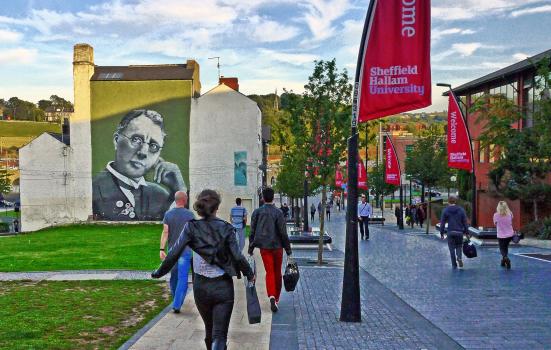A new report summarises discussions between academics and cultural practitioners about the nature of their working relationships.

DncnH (CC BY 2.0)
Relationships between universities and arts organisations need to become more balanced if they are to deliver benefits for the entire community, according to a new report. Beyond the creative campus: reflections on the evolving relationship between higher education and the creative economy finds the opportunity for knowledge exchange is being missed due to a natural inclination to ‘one way’ relationships – in which universities provide knowledge to arts organisations.
The report summarises discussions between academics, practitioners and cultural organisations that took place during a two-year research network project funded by the Arts and Humanities Research Council. At a time when universities in the UK are facing increased criticism over higher fees, it argues that culture and creativity can help universities break down barriers with local communities.
The balance of power in collaborations between higher education institutions and arts organisations is found to be a “source of contention”. Universities are usually the bodies with space, knowledge and funding, and this dynamic can lead to the ‘injection’ model, in which knowledge is simply bestowed on an arts organisation by a university. To this end, the report says common research goals and objectives are needed if research is to be relevant and have a real impact. It also highlights the need for third spaces – defined as “neither academic spaces, nor cultural spaces, but an open, creative and generative combination of the two” – to be readily accessible for both parties.
Deborah Bull, Director of Culture at King’s College London, praised the report for being a combination of both a practical guide and a critical reflection, adding that it “will encourage a deeper understanding of why – and how – the cultural and higher education sectors interact and of the different types of value these collaborations can deliver”.




